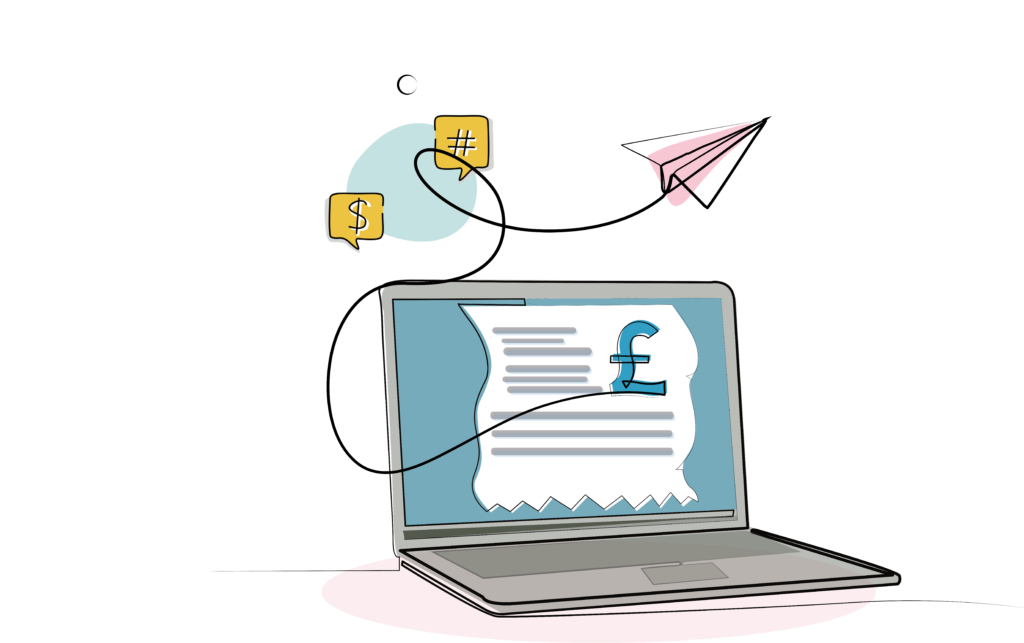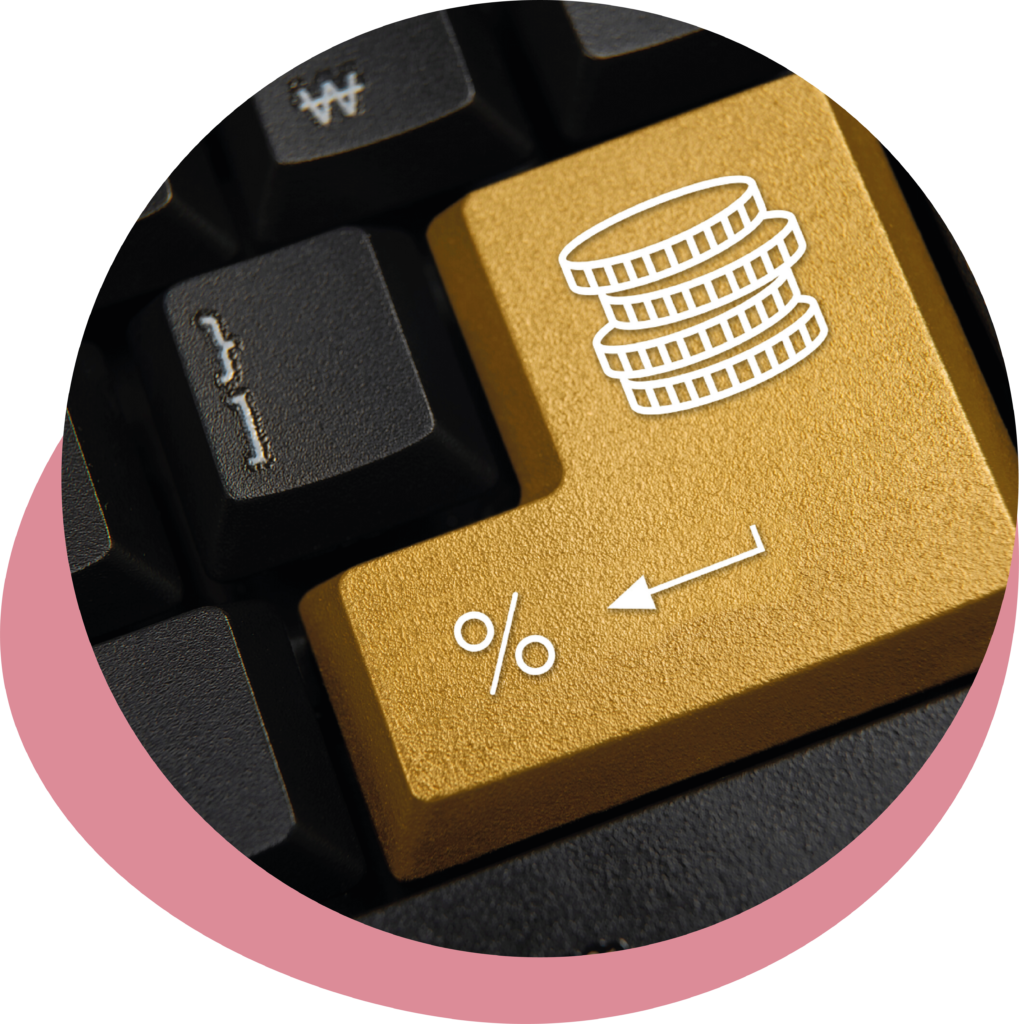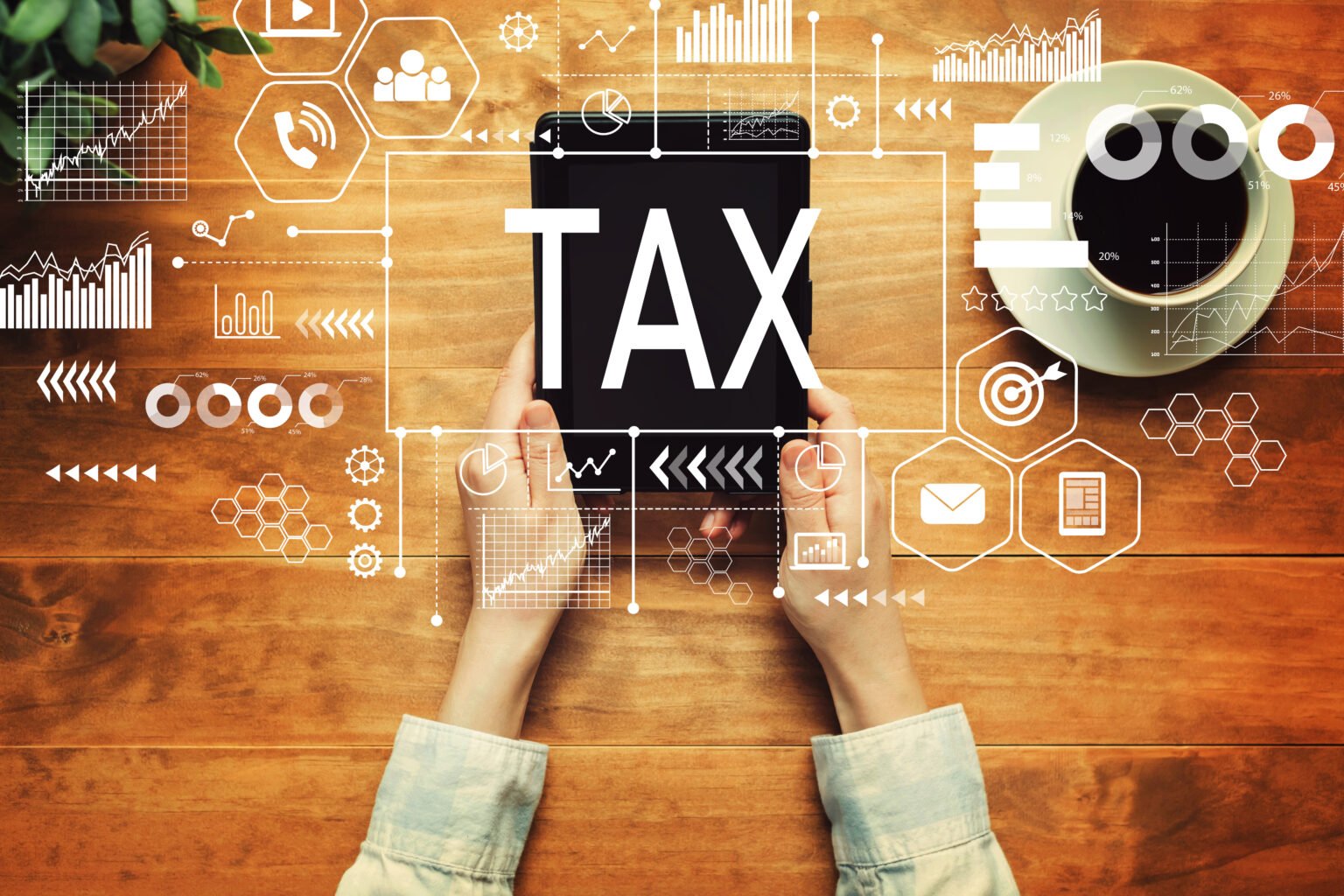The Accountancy Partnership
Part of the joy of building a portfolio career is the flexibility to have multiple income streams and be your own boss, but when it comes to tax and Self Assessment, it’s not always easy to know where to start. That’s why the UK government has launched Making Tax Digital, an initiative designed to make tax filing more efficient, more effective, and much easier to get right.
Basically, it makes the process of submitting your taxes simpler by nullifying the Self Assessment tax return completely – something many of you are probably reading with a big sigh of relief.
All these new processes may take a little while to get used to, but they needn’t be scary. We’re here to walk you through everything you need to know about Making Tax Digital (MTD) for income tax.

But first, why is HMRC ‘Making Tax Digital’?
The UK Government is on a mission to run one of the most digitally advanced tax administrations in the world – whilst making admin much easier for businesses and portfolio professionals like you. Their vision of the future is one of digital receipts and records, not boundless stacks of paper. Eventually, the paper-based system will be consigned to the history books and the end result will be more up-to-date records, a smoother process for both you and HMRC, and fewer tax errors.

One of the main drivers for this exercise is to reduce the current tax gap (the difference between the amount of tax that should be paid, and what is actually paid). The tax gap is currently estimated to be £34 billion, and a suspected £9 billion of this is attributed to errors. So it’s no wonder they’re putting so much effort into reducing the disparity.
How will the new tax assessment work?
Instead of the often highly stressful and much loathed annual Self Assessment tax return, you will be “assessed” four times per year, for each quarter:
- 6th April to 5th July
- 6th July to 5th October
- 6th October to 5th January
- 6th January to 5th April
It sounds like a lot more work, but don’t worry, it’s not the same as completing four separate tax returns. In the new system you will update your records throughout the year and confirm that the data in the records is accurate every quarter. This doesn’t mean that you will pay tax four times per year. You’ll still pay once annually, just as you do now.
The biggest change will be the need to keep a closer eye on your tax obligations. Using decent accounting software is a positive, as it will recalculate your tax bill each time your data updates. That way you’ll know how much you need to pay at any given point, and if you need to save towards your annual tax bill.
What tools will you need?
You will need to use accounting software that is compatible with Making Tax Digital, and approved by HMRC (if you’re unsure of what software to use, your accountant will be able to help you; you can also see a full list on HMRC’s website). You’ll use this software to keep records of your everyday business activity e.g., what you are paid and when. This software compiles your records into the data HMRC needs to calculate how much tax you have to pay. Either you or your accountant can submit it directly to HMRC.
It’s possible the software you currently use is already compatible with Making Tax Digital. But if it isn’t, HMRC has said it will provide free basic software to business owners and the self-employed, though you might prefer something more powerful.

What to do if you’re not a “techie”
If, up till now, you’ve been happy with paper accounts and avoiding technology, there’s no need to panic. The system has been designed to accommodate those who aren’t “digitally compatible”, with an option to submit your information over the phone (or hire an accountant to do this for you).
When does it start?
MTD is actually rolling out in stages with the aim to launch completely in April 2023, though you can choose to join the scheme early on a voluntary basis.
Making Tax Digital for VAT – The new system for VAT registered businesses with an annual turnover of £85,000 is already up and running. These business owners must keep digital records and submit tax returns using Making Tax Digital compatible software. From April 2022, all VAT registered businesses must follow Making Tax Digital rules, not just those over the £85,000 threshold.
Making Tax Digital for income tax – A pilot test is already underway, but not completely live yet. Those who are self-employed, or landlords with business or property income above £10,000 annually, will follow the new Making Tax Digital rules for income tax for the next accounting period after April 6th 2023. This covers any combination where your income is over £10,000 e.g., rental income of £4,000, and self-employed business turnover of £6,000.
If you want to begin using the Making Tax Digital system now, you can voluntarily keep digital business records and send your income tax updates to HMRC this way, rather than filling in a Self Assessment tax return. It might help to get you used to the new system before the 2023 shift but remember, once you’re in, you’re in – and you’ll need to follow the rules!
Looking ahead to the future of tax

Any large overhaul of a government system takes time, but it helps to be prepared as early as possible so you don’t find yourself struggling to catch up come April 2023. If you want to take part in the government’s pilot scheme, you can do so by signing up here. So far, around 30% of sole traders and landlords have already joined.
If you have any questions about this initiative, you can reach out to The Accountancy Partnership directly. Otherwise, share your thoughts and concerns in the community – that way we can learn together.
Think this sounds like the right path for you? Come along to our monthly Community Welcome Call for new members to find out what a portfolio career could look like and how The Portfolio Collective can help you take those first steps towards professional success – and don’t forget to connect with our community!



